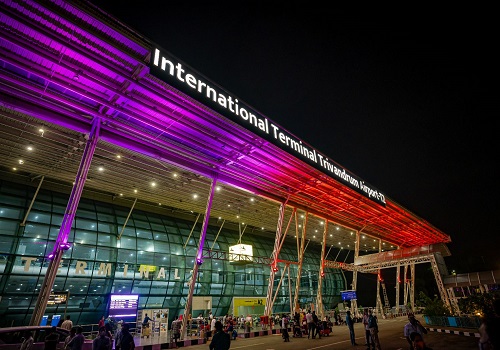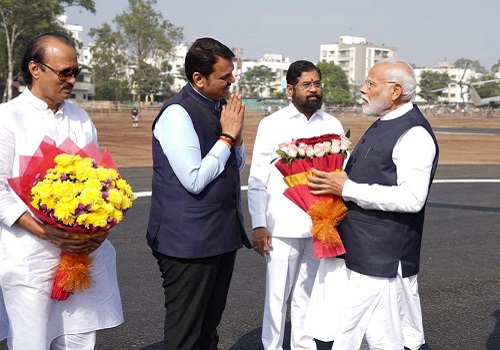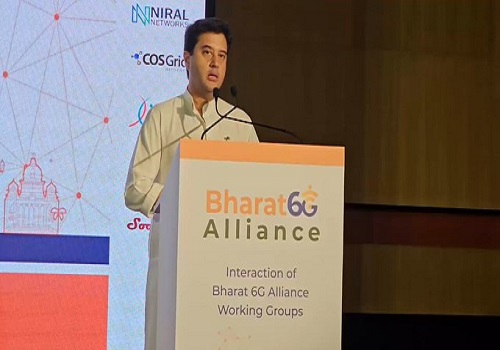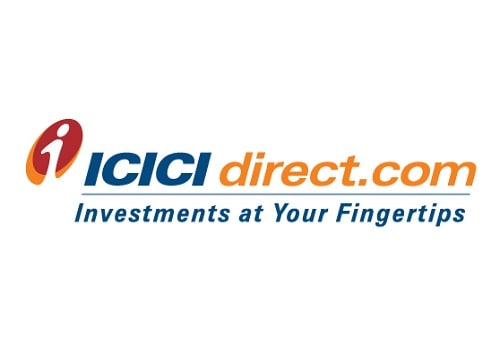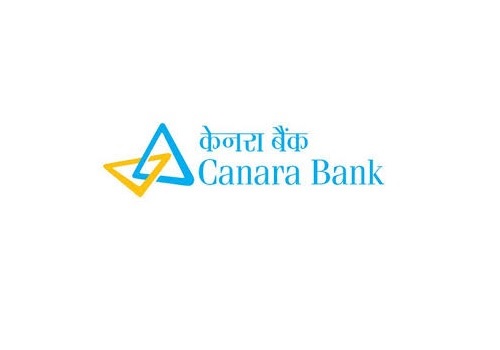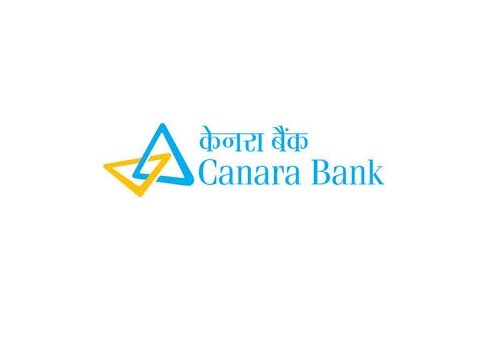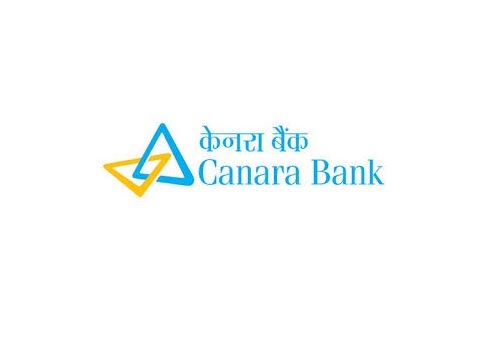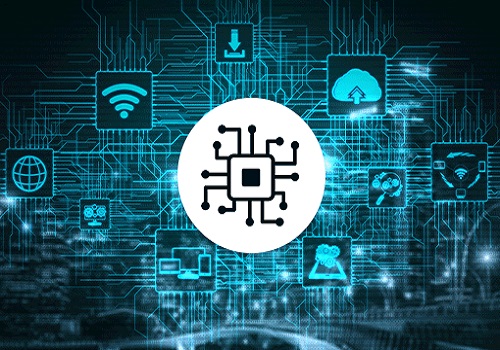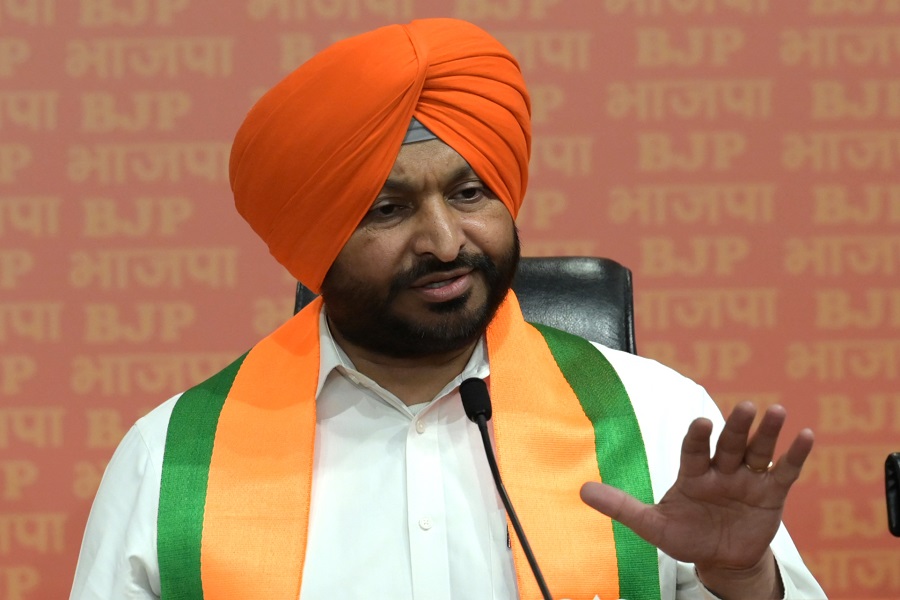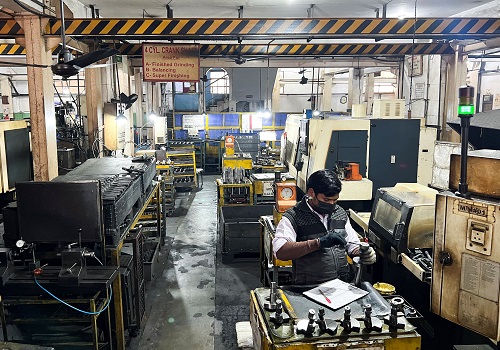Microfinance grows by nearly 10 times in 10 years to cross Rs 5L-crore mark

Microfinance in India has a long history. Since the turn of this century, it has been expanding rapidly as a viable financial services business because of the influx of Microfinance NBFCs, growth of the self-help groups (SHG) business by Public Sector Banks, and under the NRLM (National Rural Livelihood Mission).
It witnessed the introduction of the Small Finance Banks and major private sector banks playing an increasing role in this segment. The industry has had its ups and downs due to external shocks, but has proven to be resilient. It has evolved into one among the fastest growing and most profitable segments of the lending business, creating a positive impact on the lives of a large number of families served by the financial sector.
As on March 2023, the microfinance gross loan portfolio was more than Rs 5 lakh crore serving over 13 crore borrowers, compared with a portfolio of Rs 51,773 crore and approximately 7 crore borrowers in March 2012. The borrower base multiplied by 2X; the portfolio by 10X since 2012. The fast-growing 'Individual Loan' portfolio is not included in these numbers because of the absence of a reliable industry source.
Organised microfinance in the country officially dates back to 1974. This was when Ela R. Bhat set up the Self-Employed Women Association (SEWA) in Ahmedabad to provide banking services and individual loans to self-employed poor women of the unorganised sector. SEWA was operating as a cooperative bank. The concept of 'Self-Help Groups' (SHG) was established by Aloysius Prakash Fernandez at MYRADA, in collaboration with Canara Bank, in the 1980s.
The loans were given to customer groups instead of individuals. These groups collected savings and distributed loans to their members. This model was widely adopted by Public Sector Banks and NGOs, including SEWA. In 1996, Vijay Mahajan established BASIX in Hyderabad, as an NBFC, to undertake microfinance as a viable business. This largely followed the Grameen Bank's 'Joint Liability System' model, where loans were given to individuals, with the groups held liable. A slew of NBFCs were established in the early 2000s, especially in Andhra Pradesh, which followed this model.
Over-exuberance led to an explosive growth of microfinance in Andhra Pradesh, which resulted in the first major crisis, and led to a direct conflict between Andhra-based microfinance institutions and the state government, which was also pursuing a government-led microfinance programme funded by the World Bank.
The reasons behind this crisis were three-fold:
-- Over-lending based on inadequate data
-- Lack of regulations of the microfinance industry
-- Private equity firms pushing the microfinance institutions to follow the spectacular growth of the telecom industry in India.
This followed a period of regulated growth of the microfinance sector. The first to take the leap was the largest microfinance lender, Bandhan. They began their journey as an NGO in 2001, became a NBFC in 2009, and converted into a universal bank in 2015.
The next major transformation was soon to follow in 2015, when RBI announced the provisional licences for ten Small Finance Banks (SFBs), eight of them being leading microfinance NBFCs. The purpose was to provide basic financial services for the vast sections of the economy not served by existing banks.
The second major crisis to follow was in November 2016 when demonetisation was announced. At this time, the SFBs were in the process of transforming into banks. Unlike the previous crisis, which was restricted to Andhra Pradesh, this one affected operations across the country, as microfinance customers operated in a predominantly cash-based economy.
As the microfinance sector recovered and started to grow, the next major crisis to hit it was the devastating Covid pandemic in 2020-21. This tested the resilience of the industry, as it became a national concern over a prolonged period. The nature of the pandemic brought field work to a grinding halt.
Today, the microfinance industry has a strong Pan-India presence and has expanded from rural India to cover semi-urban as well as urban India.
From Microfinance to Microbanking
With a modest beginning to providing small-ticket loans to borrowers with limited means, to achieving a bigger objective of financial inclusion in the country, the industry has evolved in advancing into a full-fledged banking service.
From SHG/JLG group loan asset products to individual loans for matured customers, the offerings of the industry expanded to secured loans such as micro-LAP for housing (Rs 3-10 lakh); micro business loans (up to Rs 3 lakh); agricultural and allied loans, two-wheeler loans, gold loans, savings and fixed deposits, insurance (life, health, and general), along with addressing payment needs (QR code and UPI-based bank payments).
Banks have expanded their financial products to meet the full range of financial needs of the aspiring customer base. This implies that customers now have multiple relationship points with their financial service provider (banks), leading to increased stickiness in the relationships. With these changes, microfinance has transformed to microbanking. It also moved from purely women-centric customer base to a gender-agnostic relationship with the household.
The beauty of India's pyramid is that it is moving more towards a diamond structure. As per reports on domestic household income data, the low-income group (less than Rs 1.25 lakh) is rapidly moving up towards the Rs 1.25 lakh to Rs 5 lakh bracket.
These aspiring middle-class families ('Aspirers') are growing their income and evolving in all aspects. In this process, they are creating demand for multiple financial products and services to bring about an impactful financial inclusion.
These aspirants are no longer a weak economic section that depends on a single source of income. The families have two or more income sources, which creates a big change. This reduces their vulnerability to external shocks on one income stream, such as poor monsoon or floods, or loss of job, or even the demise of a family member. In terms of loan repayments, the microfinance segment has been one of the better-performing asset classes.
Though the repayments were affected during major black swan events like the Andhra crisis, demonetisation, and the Covid pandemic, the borrowers were resilient enough to repay their dues and return to the borrowing cycle and grow their livelihoods. Post-Covid crisis, the microbanking business was the first to revive, and the customers who had overdue payments started repaying the loans.
There is a misconception towards the microfinance portfolio, as the customers largely come from the low-end of the economic hierarchy.
The microfinance business, in fact, has a better portfolio quality than many unsecured and secured businesses catering to the middle class and the corporates. In addition, microfinance offers one the best net interest margins in the banking business, which is more than adequate to cover the risk of this business.
Changing Players in the Industry
The rapid growth, changing product needs, and a stable repayment track record, have led to a natural progression of the industry landscape. The industry that once was started by SHGs and NGOs, witnessed an influx of NBFCs and NBFC-MFIs, which gradually paved their way to becoming banks.
Ten years ago, NBFC-MFIs were the major players and contributed to 90 per cent of the portfolio. Today, the equation has changed, with Universal Banks and Small Finance Banks contributing to 58 per cent of the market share.
Some large private banks built their presence organically (HDFC Bank and RBL Bank), but some took the inorganic route. Banks such as HDFC Bank and Yes Bank have contributed to the growth of the industry either through direct lending or through Business Correspondents (BCs).
Also, the industry witnessed larger players converting into universal banks (Bandhan Bank) or Small Finance Banks (Ujjivan, Equitas, ESAF, Jana, Fincare, Utkarsh and more). Further, larger and established domestic names such as Tata and Bajaj, too, are eyeing this segment.
Over the years, these players have imparted some of the best management and technical expertise, which further has resulted in better practices on risk management, liquidity management and more.
Regulatory Changes
In 2004, the industry was included in the priority sector lending (PSL) category, which encouraged larger banks to fund NBFC-MFIs and even enter the segment on their own.
In 2010, the industry faced a major crisis in Andhra Pradesh, which impaired the growth for a short period and disrupted business. Based on the recommendations of the Malegam committee, the Reserve Bank of India introduced norms for NBFC-MFIs, which included capping on the borrower a total liability Rs 1.5 lakh, with the number of lenders restricted to two.
Self-regulated organisations (SROs) were formed by NBFC-MFIs for customer protection. SROs such as MFIN, SaDhan and many state-level bodies have contributed to the cautious growth of the industry through their code of conduct and strong customer grievance mechanism.
Over the last decade, regulatory norms have evolved to include all types of microfinance lenders.
Customer protection has been the axis of these changes. In 2022, RBI removed the pricing cap on spreads being charged by NBFC-MFIs. Recently, RBI linked underwriting of total household income and the fixed obligation to income ratio (FOIR).
These changes are leading the industry towards a risk-based pricing of their credit product offerings. The household income limit has been revised to Rs 3 lakh from the earlier Rs 2 lakh for urban/semi-urban locations and Rs 1.25 lakh for rural locations. This has increased the size and scope of the microfinance market and the industry is now able to serve the 'middle' segment, which remained unattended till date.
Further, government programmes such as Jan Dhan, Aadhaar, Mudra Scheme, PSL for MSME, affordable housing, to mention a few, have helped the sector to grow further, making it attractive for larger lenders and banks.
Credit Bureaus and the Data Revolution
After the Andhra crisis, credit bureaus were established to ascertain total borrowings and repayment track records. This was the first step towards a formal source of information on this segment. Over the last decade it has created a lot of awareness among borrowers on their eligibility for loans. With the new micro finance guidelines, bureaus have started to provide details of household income as well as family-level debt and financial liabilities.
Dependence on informal sources of information from group members has drastically reduced with bureau data at the household level. Decision-making has become objective and faster with bureau data offering banking transaction numbers and data generated by lenders over 20 years.
The credit scores helped reduce the loan Turnaround time (TAT) from 30 days in early 2000s, to two to three days for new customers and less than 24 hours for repeat customers. Increasing use of technology and analytics will further reduce TAT.
Risk and Crisis Management in Microfinance
The microfinance industry, despite several upheavals over the last couple of decades, has maintained an excellent track record of emerging stronger.
Post the Andhra Crisis, the industry became more regulated, transparent, and data-driven (thanks to the Credit Bureau). Demonetisation drove banking behaviour among the borrowers and accelerated digital initiatives. The pandemic helped expedite the use of technology for the borrowers and lenders.
Some of the best banking practices that the industry adopted were fraud monitoring on the field, formal vigilance, audit policies, establishing early warning signals, and automated NPA recognition. Today, lenders extensively use data analytics to identify the scope of cross-selling products to the customer base/families, and to collect EMIs.
Tech Adoption, Disruptive Innovations
The industry has been investing in various technological and product innovations to provide greater growth momentum. Over the years, the onboarding of customers as well as processing of loan applications and collections have been increasingly moving from manual to digital mode. Onboarding and loan processing have completely become digital with the adoption of Loan Origination System.
The use of mobile handheld devices (HHD) has provided mobility to loan officers to enable data capture through doorstep services. Geo-tagging of customer location has strengthened the collection process. Aadhaar, Mobile and Geolocation technology has transformed the way businesses are undertaken towards enhancing transparency, ease of business, accuracy, and cost reduction.
Data generated by bureaus, lenders, and transaction trails have led to changes in processes. Underwriting is now being done based on rule engines for repeat loans. Adoption of digital payment structures (QR code, UPI, mobile banking) has further aided in product and process innovation. Cash-centric segment is fast moving towards digital repayments and this has helped reduce cost, increase productivity, and the repayment track record.
One-third of Indian households use digital payments in one form or another. It is heartening to note that almost a quarter of these households are in the bottom 40 per cent of income groups. Currently, the banking system is digitally well connected to users, including lower income groups, via Aadhaar linkages and SMS facilities. It has been reported that in July 2022 the number of UPI-based transactions was 6.28 billion, valued at Rs 10.62 trillion.
Lenders are now targeting deeper digital penetration and developing customised applications for semi-literate, less tech-savvy customers. These innovations will further disrupt the market, drive growth, and reduce costs.
Vital to India's March to a $5-Trillion Economy
The industry is serving a vast and growing segment of the society which is critical for the growth of the economy over the next decades. Despite encountering a number of crises, the industry has continued to be stable. Regulatory and risk management frameworks have evolved and introduced discipline among borrowers and lenders. Customers have demonstrated a resilient track record across cycles, with technology adoption and innovations driving new possibilities.
These, along with an ever-expanding customer base and growing financial needs, are generating an opportunity of more than 20 per cent CAGR over the medium-term. The mantra of success in this fast-growing and ever-evolving industry is to be agile and technology-focused. Players with a comprehensive bouquet of
products and solutions will have an edge.
Despite serving 13.2 crore borrowers, the industry has reached only 9 per cent of the total population. With 68 crore people at the bottom of the pyramid and another 36 crore in the aspiring middle-class segments, the potential is huge and lucrative enough for large lenders, including banks and NBFCs, to eye the pie in this segment of the Indian banking industry. The well-being and growth of this aspiring segment will become the engine of our economy and make India a $5 trillion economy.
(Samit Ghosh is the founder and Chairman of the Ujjivan Financial Services Limited and Member of the Board of Directors at Ujjivan SFB. He has been with the industry since 2005 and is a former President of the Microfinance Institutions Network-MFIN. The co-authors are also with Ujjivan SFB. Praveena Swamy serves as National Credit Manager - Microbanking and Deepak Khetan is the Head - Strategy.)
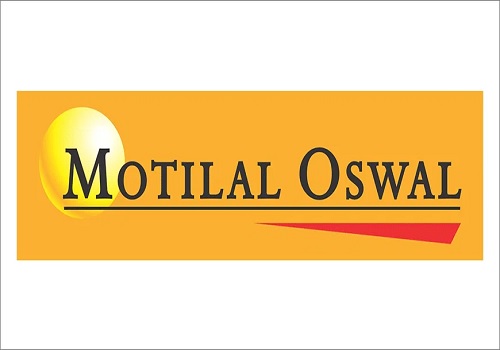









Top News
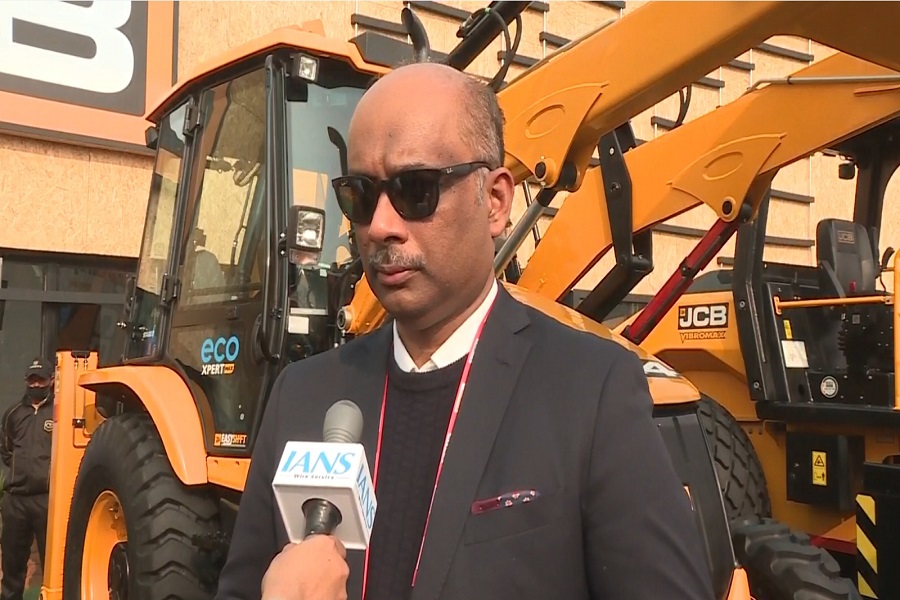
Will continue to contribute towards PM Narendra Modi`s`Viksit Bharat`mission: JCB India CEO
